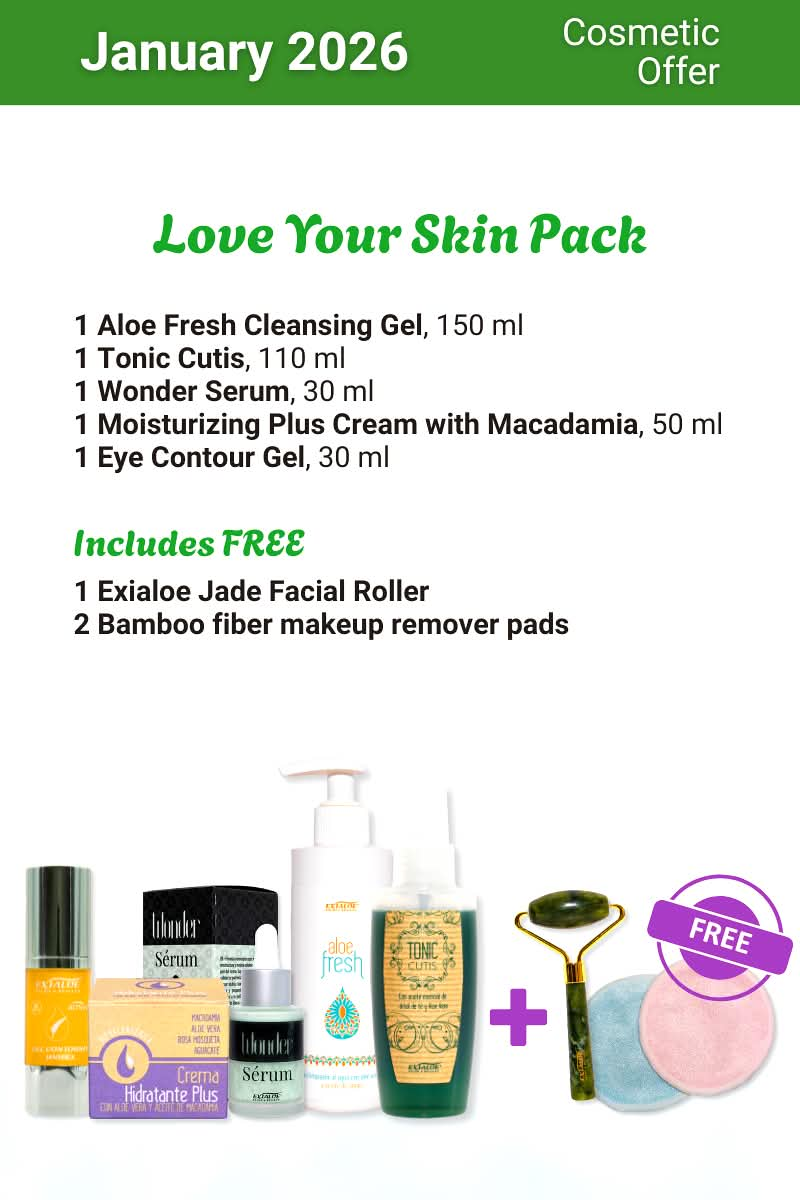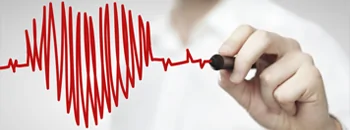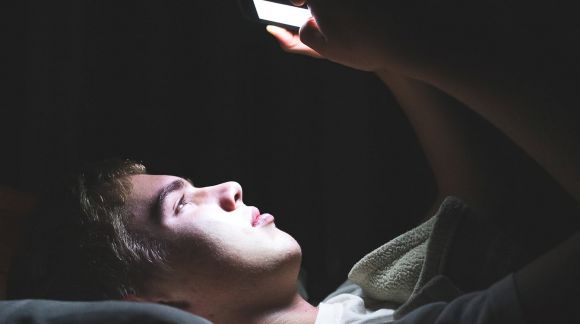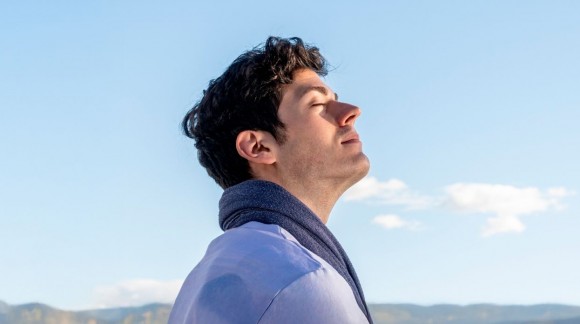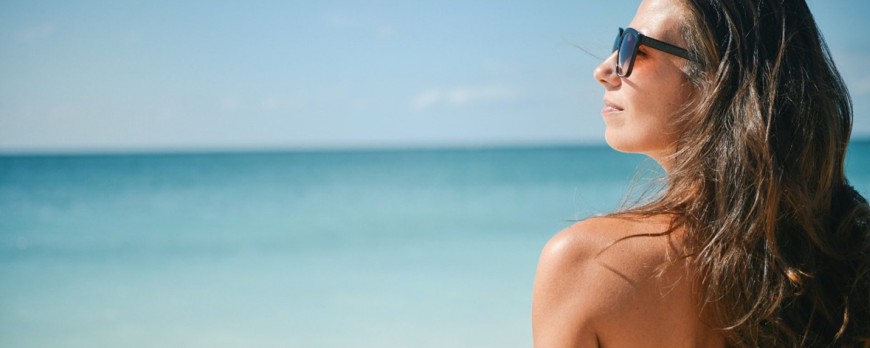
THE END OF SUMMER, SUN DAMAGE, SPOTS AND AGEING
Summer is coming to an end, and it is time to balance, not only of what we have enjoyed but also to assess the consequences that long exposure to the sun has had on our skin and hair.
Even if we take precautions, it is very likely that the days on the beach have taken their toll on our skin with the appearance of small sunspots or on our hair showing dry, dull, and damaged.
In this post we explain the harmful effects of summer on the skin and hair as well as some tips to recover the elasticity and shine of your hair and get rid of unsightly sunspots.
SUNSPOTS OR SUN LENTIGINES
Even if we take the necessary precautions (apply sun cream with a high sun protection factor every two hours), it is likely that after long exposure to the sun, and even more so as we get older, we will arrive in September with some areas of our skin dotted with sun lentigines, more commonly known as sunspots.
These spots are a consequence of sun exposure. Ultraviolet radiation causes damage to the DNA of the cells causing the appearance of lentigines which are not usually malignant but are unsightly as they tend to appear mainly on the face, neckline, and hands, in the form of dark or brown, flat, irregular, and usually small spots.
Why do sunspots appear?
The sun and therefore the UV rays affect the skin, reaching the melanocytes, which are the cells that produce skin pigmentation and are loaded with melanin, the substance that produces the pigment or colour of the skin, associated with the keratinocytes, predominant cells in the most superficial layer of the skin, the epidermis, which migrate to the outside, darkening the skin. We can say that solar lentigines are specific areas in which our skin generates melanin in excess. 
Main factors that cause sunspots to appear after summer
- Overexposure to the sun: Holidays lead us to do more outdoor activities and enjoy days at the beach, so our skin is much more exposed to UV rays than usual.
- Age: It has always been said and scientifically proven that the skin has a memory, so as we get older it is more likely that sunspots will appear on our skin due to the cumulative factor of the sun.
- Excessive melanin production: Some areas of our skin accumulate more melanin and therefore become darker.
- Allergies and fungi: During exposure to the sun, certain people may develop allergies that manifest themselves in the form of white spots. If we notice these white spots, which are not the same as solar lentigo, we should go to a dermatologist as they can also be fungus and we must be careful because they quickly spread all over the body.
How to remove sunspots?
If we have indeed detected sunspots or solar lentigines on our skin, the best thing to do is to start using daily creams with depigmenting active ingredients once the summer period is over, from October onwards, and to carry out a weekly peeling to remove the dead cells from our skin.
It is important to avoid exposure to the sun as sunspots tend to reappear and if we do not take precautions they can turn into cancerous melanomas, so in addition to our daily depigmenting cream it is advisable, even if it is autumn or winter, to always wear sun protection on our face.
ROUGH, DEHYDRATED AND DULL HAIR AFTER SUMMER
 Hair is another of the big victims after the summer. Even if we use hair protectors, the long days in the sun, the saltpetre from the sea, the chlorine from the swimming pool, the wind and the marine minerals in the sand are lethal factors for our hair, destroying the lipid layer that is responsible for giving shine, volume, and hydration to the hair.
Hair is another of the big victims after the summer. Even if we use hair protectors, the long days in the sun, the saltpetre from the sea, the chlorine from the swimming pool, the wind and the marine minerals in the sand are lethal factors for our hair, destroying the lipid layer that is responsible for giving shine, volume, and hydration to the hair.
- The sun: The sun's rays penetrate the cuticles, weakening the hair follicles, which immediately leads to dehydration of the hair and changes its structure.
- The sea: The saltpetre in the sea is small crystals that act as a magnifying glass, attracting the sun's rays even more.
- Chlorine: For dyed and highlighted hair, chlorine can modify the colour as we do not usually lighten the hair well after bathing. Blonde hair tends to take on a greenish colour.
- The wind: As it is hot air and drags different particles, it produces a greater dryness.
- Sand: The marine minerals contained in sand cause oxidation and a progressive destruction of our hair.
Effects of summer and prolonged sun exposure on hair:
- Dehydration: Hair needs between 15% and 17% water to stay hydrated. Due to the external factors typical of summer and mentioned above, the hydrolipidic layer is damaged, leaving the hair dry and rough.
- Lack of shine: In summer the hair becomes dull, dull and without light, causing colour changes in dyed or highlighted hair.
- Frizz: Due to the lack of hydration, the cuticles break and the natural keratin that protects the hair disappears. When the hair has dried out, it looks for moisture from the environment to hydrate itself, which causes frizz.
- Split ends: The protective layer of the hair strand is worn away leaving the internal structure exposed.
How to take care of our hair after the summer?
The most important thing to do is to recover the water lost after the summer months by applying suitable products to restore the hair's natural elasticity and moisture. It is advisable to use shampoos without parabens or sulphates and wash the hair with lukewarm water. It is also advisable not to abuse hair dryers and straighteners.
Our diet is also important since after the excesses of the summer it is advisable to eat a balanced diet based on fruit, vegetables, fish, eggs, pulses, and meat (proteins with high biological value) so that the hair recovers the vitamins and proteins lost.
A visit to the hairdresser to clean up the hair, remove split ends and touch up the colour is not a bad idea.
Little by little we must adapt our skin and hair to winter. We say goodbye to summer but welcome a new season full of challenges and motivation!
Featured articles
How to Take Care of Your Eyes in the Digital Age
Today, we strain our eyes more than ever. In this article, we discuss the modern challenges facing our visual health...Read More
Successfully Overcome Seasonal Allergies
Do you suffer from seasonal allergies or know someone who does? In Spain, 1 in 4 people are affected, but this year...Read More
4 Habits to Care for Your Hair the Way It Deserves
In this article, we'll explore 4 simple habits to give your hair the care it deserves. By following these tips,...Read More

